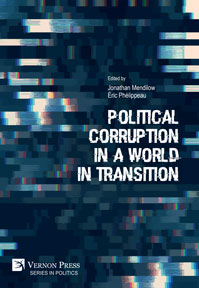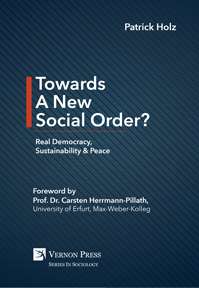Purchase this book
(click here to change currency)
This book seeks to reclassify famine by offering an in-depth look at the phenomenon that continues to affect millions of people across the world every year. Defined as a widespread scarcity of food, Dr. Basilio Dianda argues that the causes of famine cannot be reduced exclusively to a shortfall in agricultural output or to economic dynamics. Instead, an analysis of famine must take into account political and economic factors as well as agricultural, climatologic and demographic data.
‘Political Routes to Starvation’ is the result of an all-encompassing analysis of eighty famines from across the globe. This extensive piece of research demonstrates that there are not only multiple factors at play in the genesis of a food crisis, but also in its evolution to starvation. Dianda contends that in order to fully understand the causes of famine it is necessary to reinstate a hierarchy between foundation and concomitant causes, especially when cross-comparing cases. Importantly, Dianda maintains that only a comprehensive approach to famine can appropriately answer the questions: What is famine? How does famine occur? Why does famine kill?
PART 1, Definitions and Classification (3 chapters)
PART 2, Routes to Famine (2 chapters)
Part 2.1 FDP-Famines (7 chapters)
Part 2.2 NON-FDP Famines
Siege (8 chapters)
Flawed Transportation System (3 chapters)
PART 3, Economically Related Famines
Part 3.1 Food Prices (6 chapters)
Part 3.2 Hoarding (2 chapters)
Part 3.3, Cash Crops (4 chapters)
Part 3.4 Taxation and Famine (7 chapter)
Part 3.5, Colonial Famines (13 chapters)
Part 3.6, disarranged Inner Market (2 chapters)
Part 3.7 Corruption (1 chapter)
PART 4, Politically Related Famines (9 Chapters)
Part 4.1 Grain Requisitioning (1 chapter)
Part 4.2 Political Manipulation of the Rationing System (3 chapters)
Part 4.3, Food Export (2 chapters)
Part 4.4 Ban on Migration (1 chapter)
PART 5, Flawed Agricultural Activity
Part 5.1 Flawed Agricultural Reforms (2 chapters)
Part 5.2 Poor Agricultural Techniques (4 chapters)
PART 6, Failed International Aid (8 chapters)
PART 7, Climate Change (6 chapter)
PART 8, Overpopulation (5 chapters)
PART 9, Causes of Death during Famine (5 chapters)
PART 10, Future Prospect (3 chapter)
Dr. Basilio Dianda received his medical degree from the University of Pisa in 1988. During his degree, Dianda was involved in medical research in undernourishment and nutrition. However, it wasn’t until he attended a meeting held by a group of NGOs on food shortages several years ago that his interest in food crises developed. Dianda extensively researched the trend of undernourishment, successes and failures in the struggle against famine and the causative framework behind it. With over 25 years of medical experience, Dianda is able to offer a unique perspective to the complex phenomenon of famine.
The concept of Famine and the concept of starvation, Evolution of Famine over time, Is Famine history?, Will be the future free from famines?, Famine: natural or manmade disaster?, Double role of economic factors in the genesis and development of famine, Politics and famine, Famine as a weapon, Communist famines, Can the free-market economic model generate famines?, Colonial famines, Influence of demographic and climatological factors in the occurrence and development of famine, Volcanism and famine, Agricultural techniques development and famine, Food insecurity and famine, Historical famines
See also
Bibliographic Information
Book Title
Political Routes to Starvation
Book Subtitle
Why Does Famine Kill?
ISBN
978-1-62273-309-5
Edition
1st
Number of pages
432
Physical size
236mmx160mm

![Political Routes to Starvation [Hardback]](/file/5654/7fc41605cfb57a3742d46ab6abf25118/1522737314.jpg)







